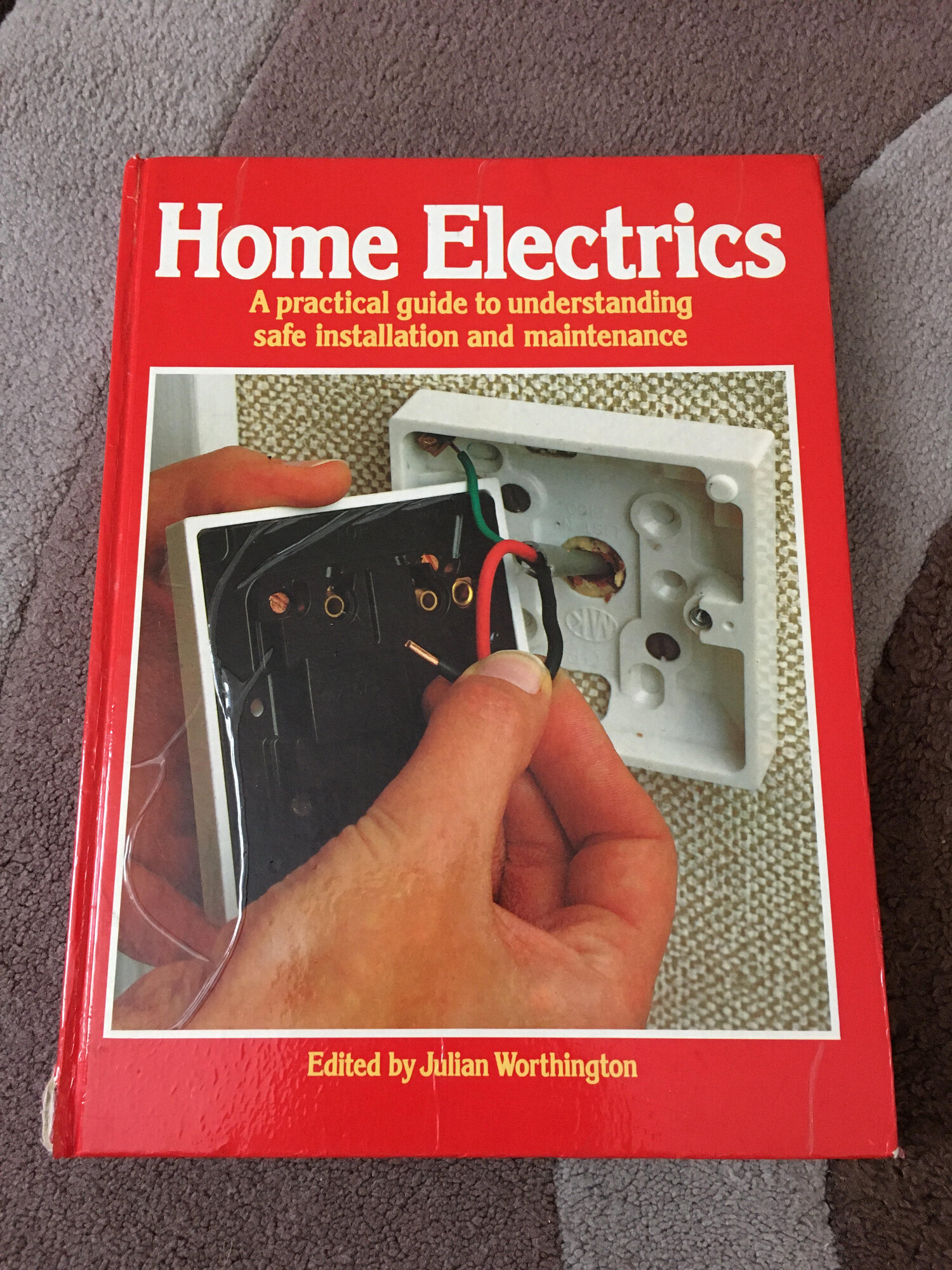If anyone can think of any difference between having two single sockets and one double, I should be very interested.
Also, with all the nonsense talked about the load a double socket can handle, any reason why two singles is not, in fact, better.
Not to mention using 4mm² cable for the spur when any restrictions disappear.
One reason that comes to mind, is that you would be unlikely to plug 2x 3Kw fan heaters into one double socket - you might if one single socket were in one room and the second spur in the next room.
I doubt these days that my ring needs to support more than a couple of hundred watts, under normal circumstances and I have had no abnormal circumstances here in the last 50 years.







